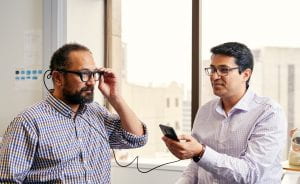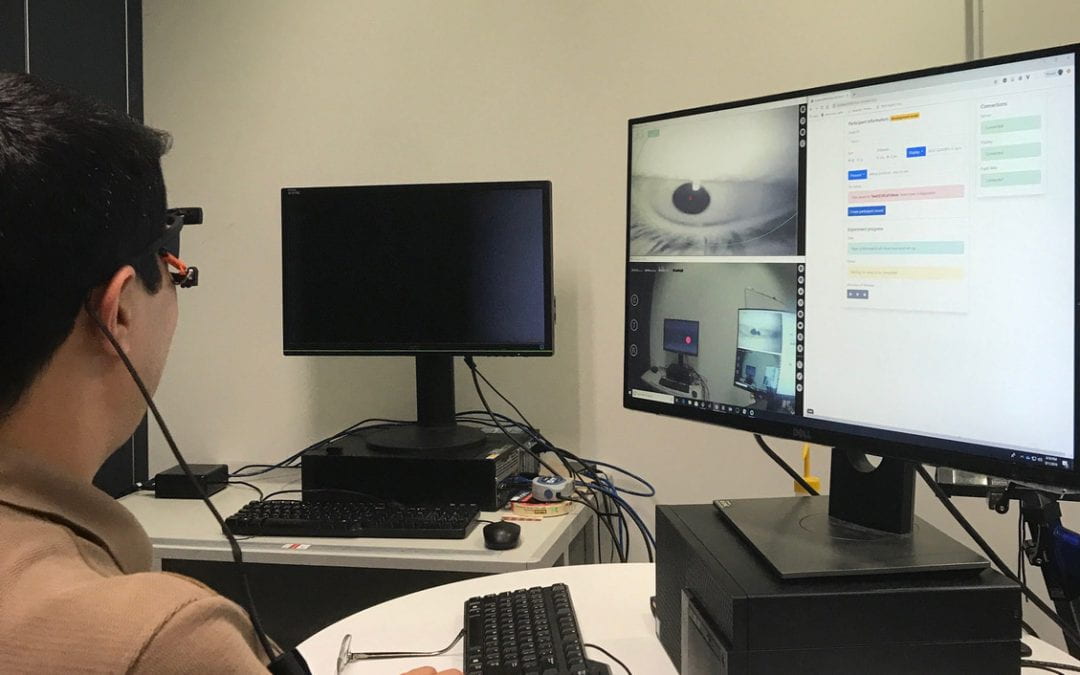Where and when: Thursday, July 15 at 2-3pm in 303S-561
Speakers:
Jason Turuwhenua is a Senior Research Fellow and Principal Investigator for the Eye Health and Diagnostics Lab at the Auckland Bioengineering Institute. Jason is interested in the application of engineering techniques to solve problems in the diagnosis of vision.
Mohammad Norouzifard is Postdoctoral Research Fellow in Eye Health and Diagnostics Lab in Auckland Bioengineering Institute at the University of Auckland. His research interests are eye health using AI, computer vision, machine learning, deep learning, and pattern recognition algorithms.
Abstract: Lazy eye is a pediatric condition in which an eye problem disrupts the normal development of the visual pathways that if left untreated can become permanent. However, lazy eye is also highly treatable and if detected earlier can lead to better treatment outcomes. We have been developing, over the past 10 years, a new device for measuring visual acuity in young children. The concept of the device is to show drifting patterns on a display that induce an involuntary eye movement called optokinetic nystagmus (OKN). The presence/absence of OKN can be used to indicate whether the patterns measure visual function without the co-operation of the child.
In this talk we describe our recent work on a machine learning based approach to detection of OKN. We have employed a deep neural network to classify the OKN pattern from eye tracking data. The present accuracy is 90%. Forthcoming research will aim to combine video understanding, optical flow and transfer learning techniques to generalize our proposed model.

